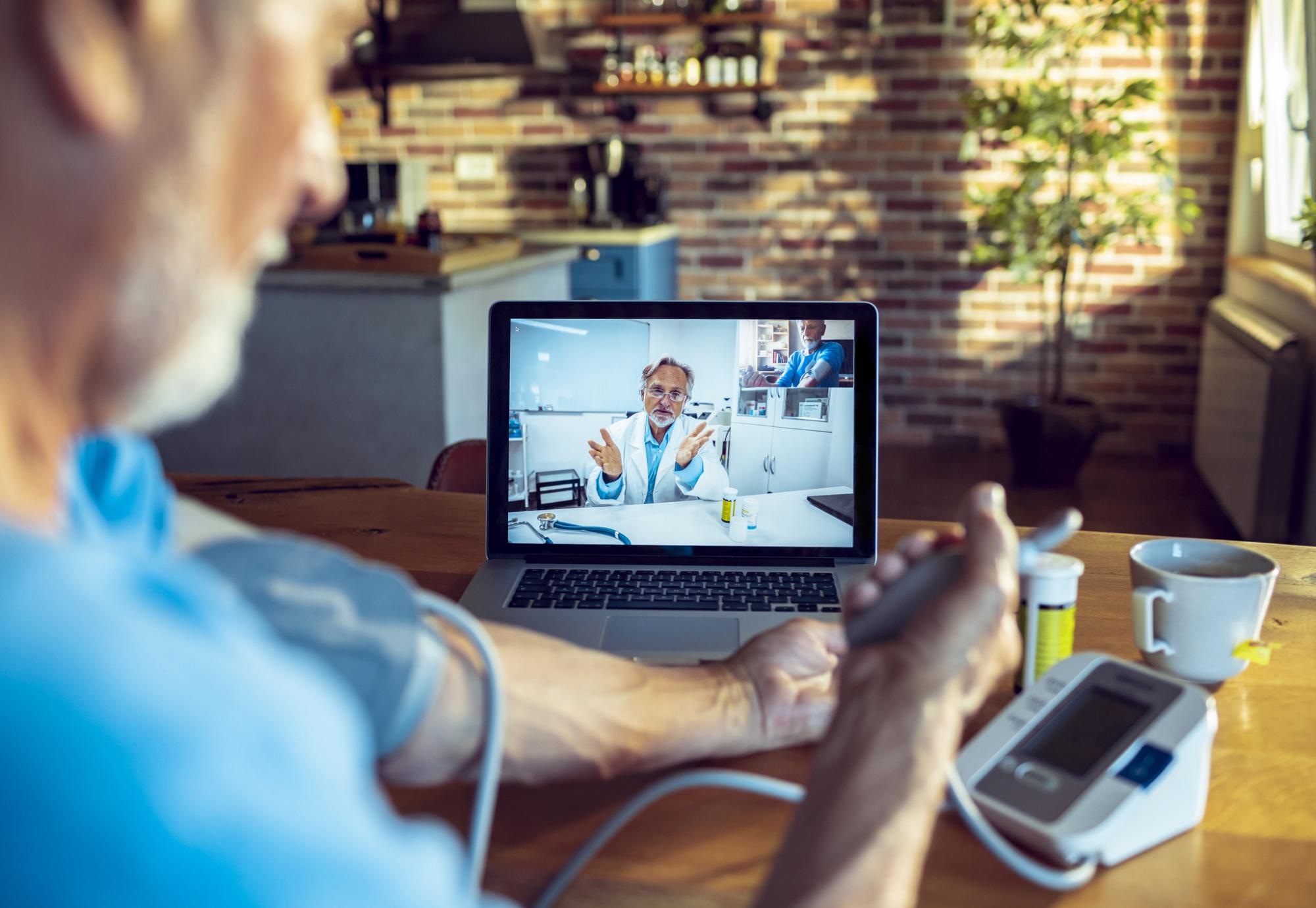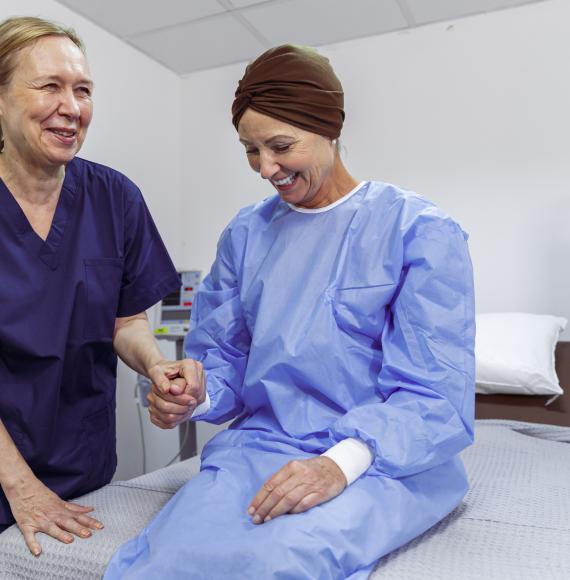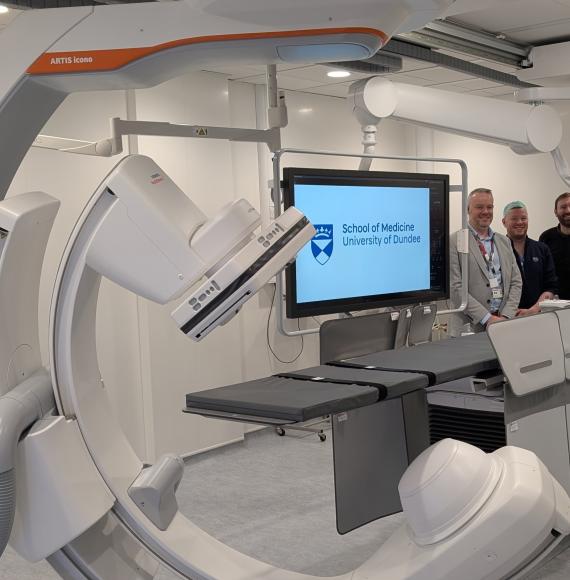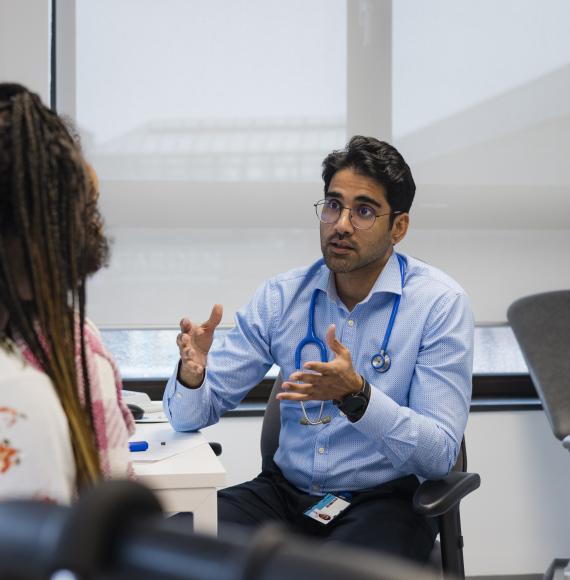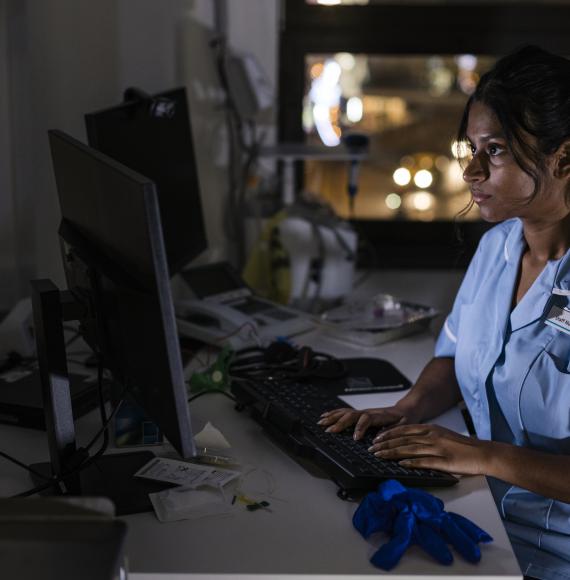The big challenge that we face is how to build on the digital adoption that we saw during the coronavirus pandemic. In the first wave of Covid-19, in particular, we saw a big uptake in remote working, virtual clinic and digital consultation solutions.
Now, we face three groups of challenges. The first are technical; how do we join things up, and how do we do that in a way that supports the much more integrated health and care system that has just been described in the Integration and Innovation white paper?
The second are cultural: how do we overcome ‘tech phobia’ on boards and use digital to change the power dynamic between clinicians and patients? And the third set relate to data: how do we use data in this new, digital world?
Drawing on a recent round table discussion organised by Visionable, here are twelve thoughts on how we can capitalise on the recent revolution in digital services to create a sustainable, equitable health and care system for the future:
1. Find out what works
We need to review the technology that we adopted during the pandemic. We need to learn which elements of the care pathway digital has improved and which need to be returned to a physical approach.
We also need to check we have the right technology. Some of the national contracts and vendor offers that were made during the pandemic are coming to an end, so this is a good moment for organisations to check they have the best solutions available to them.
2. Create a coherent, end-to-end approach
Once we’ve done that, we need to start joining things up. We have to move from what we have at the moment, which is a lot of point solutions to a coherent, end-to-end approach. That requires underlying, connecting platforms – of the kind that Visionable is looking to develop.
3. Build skills
This is not just a technical challenge. The mindsets and skills of senior leaders and decision makers will be critical. We have to challenge ‘tech-phobic’ mindsets and create structured learning programmes to give leaders the confidence to engage with this agenda.
4. Align staff and digital plans
We also need to make sure organisations understand that digital is not something that can be left to ‘the IT department’. The NHS went into the pandemic with 100,000 vacancies and staff shortages are likely to continue.
That means we need to optimise every moment of staff time and every patient encounter. So, the integrated care systems that start work on 1 April need to develop their staff and digital plans in tandem, instead of seeing them as separate requirements.
5. Shift the power dynamic
This brings us to the second challenge; how do we bring about a shift in culture? If we are going to build on what was achieved during the pandemic, we cannot let the NHS go back to doing what it has always done.
We have to shift the power dynamic between the professional and the patient, so we are not just expecting somebody to turn up at a practice or clinic so a professional can ‘do’ something ‘to’ them.
As a patient, I am an ‘expert in myself’. We need to use digital to help the system to understand that, and to create a partnership between the professional and the patient. We need to move from provision of care to shared care.
6. Use ‘pull’ factors
One of the drivers for that change is consumer pressure. Lots of patients are saying they do not want to go back to the way things were before. That is creating a ‘pull’ for digital services and we need to sustain it. There is some interesting work to be done with patient groups in this area.

7. Think creatively about digital exclusion
Of course, this raises the issue of digital exclusion. The problems faced by schools during the pandemic showed that many households in this country lack access to broadband, devices, and the skills to use them; and the same issues apply in digital healthcare.
However, we shouldn’t forget that while digital access is an issue, so is expecting people to take time off work and find the bus fare or the car parking charge just to attend an appointment. Going back to physical appointments isn’t a panacea; we need to work creatively with our patient populations to develop services that work for everyone.
8. Tackle inequality
Also, we should not forget that we can use digital to tackle inequality. The pandemic shone a spotlight on care homes and even when Covid is under control we will need to keep people in their homes and out of hospital whenever possible. We can use digital advice and consultations to do that.
Or, we can use data to target resources on cohorts of our populations. For example, if we know that we have a south Asian population with a high incidence of diabetes, we can think about a remote blood-glucose monitoring project and that will engage people in shared care. Initiatives of that kind can be transformative.
9. Embed a population health management approach
What this illustrates is that a digitally enabled approach allows us to connect the whole population, and not just patients. That insight is captured in the concept of ‘population health management’, which is one of the concepts that integrated care systems are being tasked with taking forward.
I am very optimistic about ICSs. The fact that they are being asked to do population health management is good. The fact that they are tasked with joining up health, social care and other services is good, because we have never done that before.
I also think that the size of ICSs is good, because they should be able to do better commercial deals for the technology they need. However, they won’t succeed without creative thinking about how we use data in this new, digital world.
10. Maintain trust in data
Any mention of using data raises the question of public trust. There’s no ducking that, because we know, from the care data programme, that once you lose public confidence it is very hard to get it back. However, another feature of the pandemic has been how willing people have been to support health and care.
People have stepped up to take part in vaccine trials and Covid incidence-testing. So I think there is an understanding that working with the NHS is a good thing to do and I hope there will be the same support for data sharing in the future, as long as we get the policy right.
11. Move fast: don’t break things
This leads to another, very important point. Health and care were able to innovate at scale during Covid. There was a real spirit of ‘can do’ in the face of the pandemic. We need to maintain that as things start to return to normal. Part of that is that we need to maintain partnerships with companies like Visionable.
We also need to maintain spending. As a system, we have traditionally spent much less on IT as a proportion of our total spend than we should. From that low base, we need something like a four-fold increase in spending on digital transformation and data management to succeed.
12. Think net-zero
A final thought is that we need to focus on net zero. NHS England has committed to making the NHS carbon neutral by 2030 and it will not do that without using technology to reduce journeys and cut the emissions associated with out-dated facilities and treatment models. The NHS wants to be a leader in this area; and digital should support that.
Mike Farrar CBE is a former chief executive of the NHS Confederation and a highly experienced, very senior manager in the NHS. He recently participated in a Visionable round table on the future of digital technology in healthcare. In this blog, he sets out his insights into the opportunities and challenges ahead.

